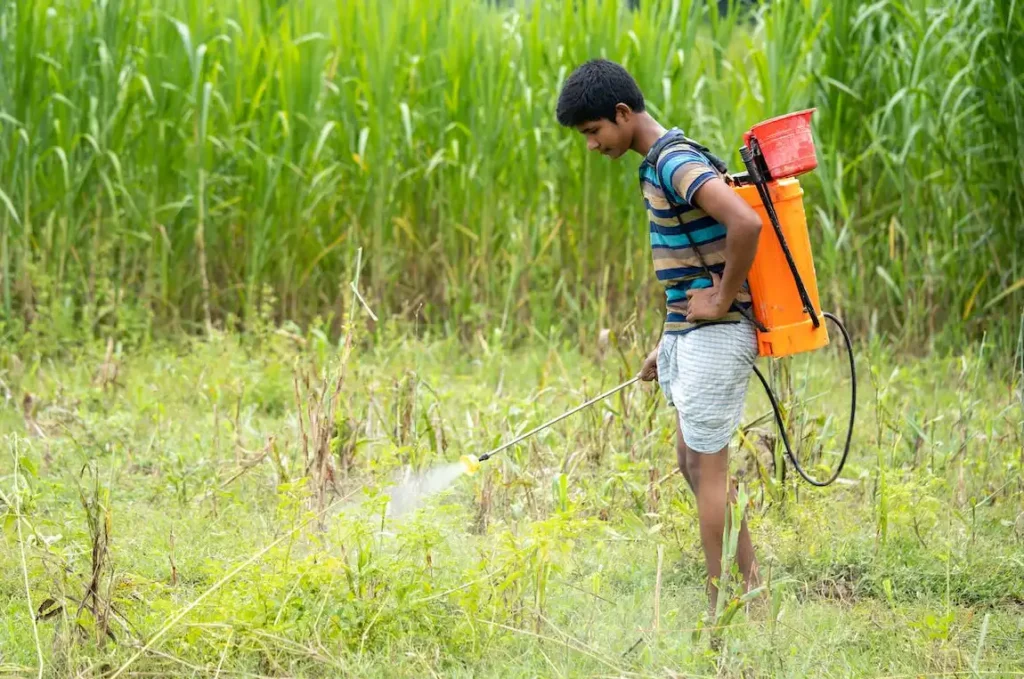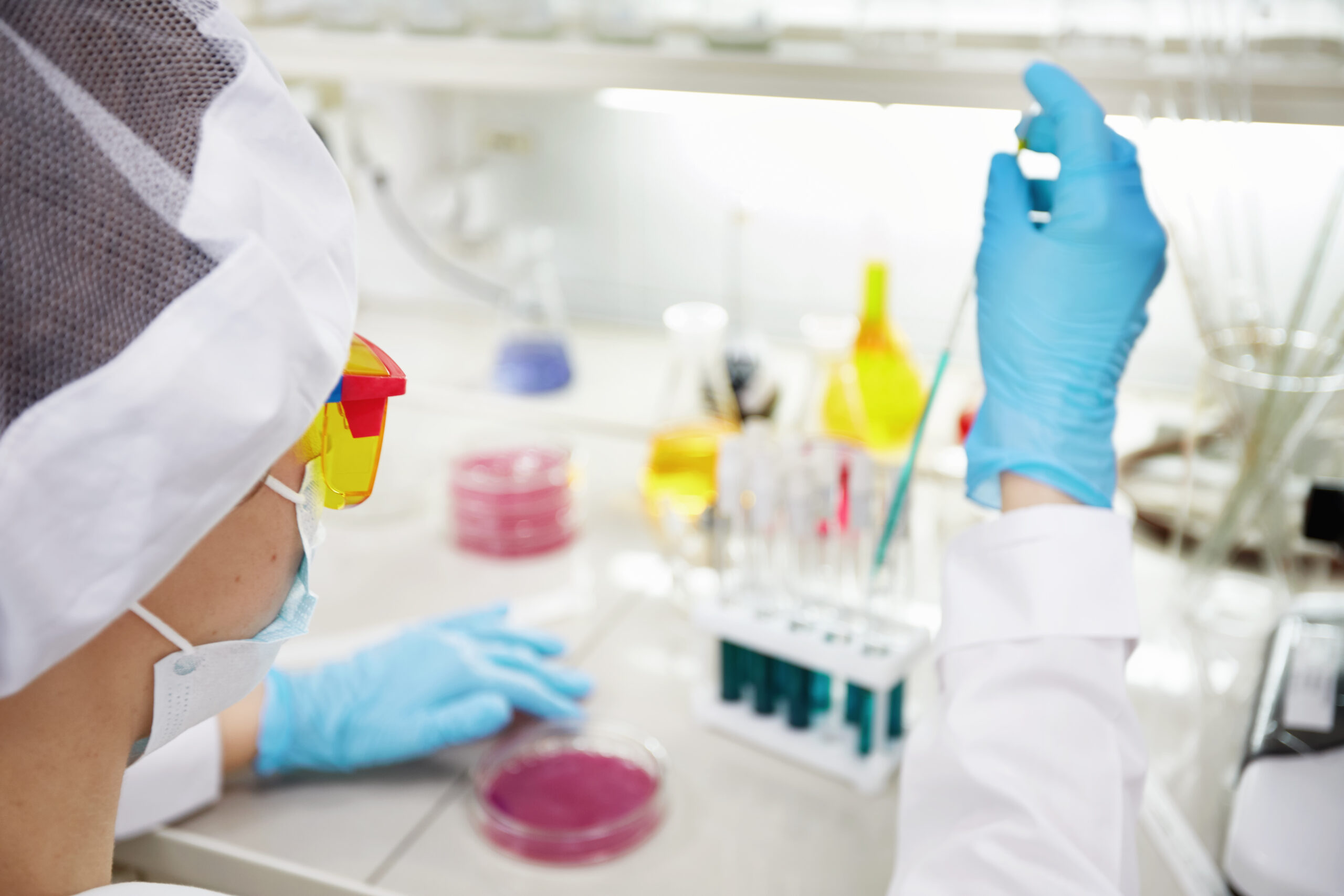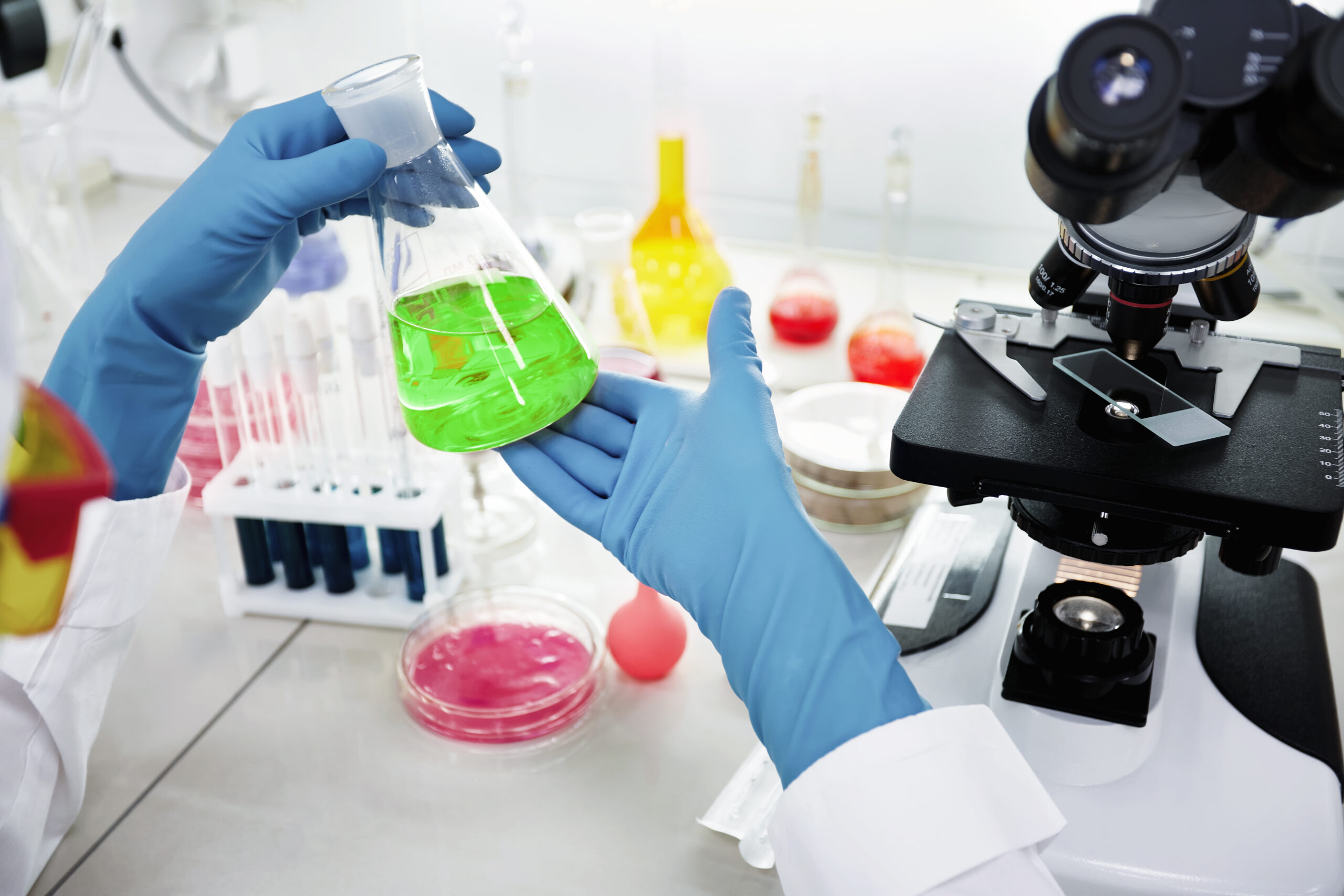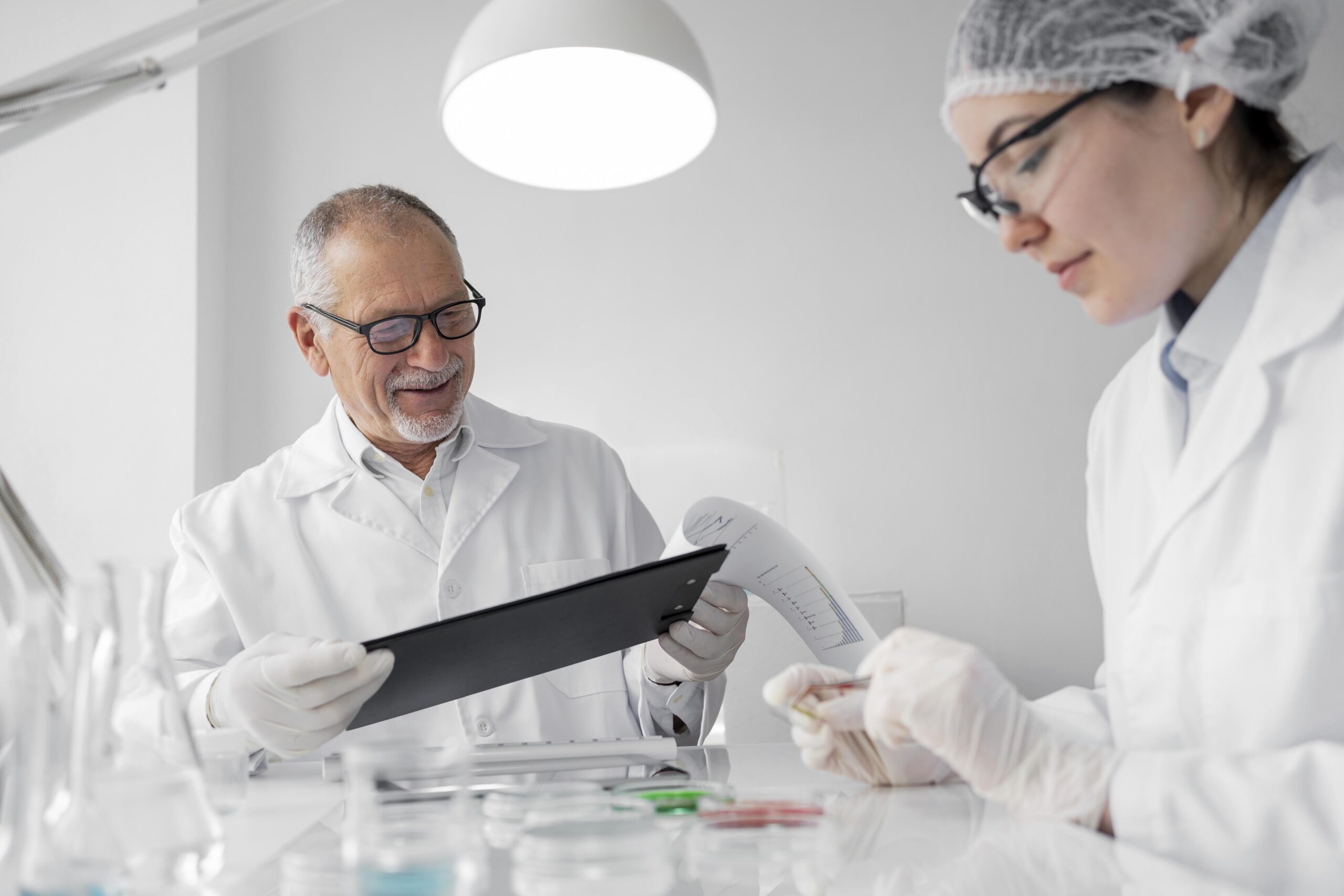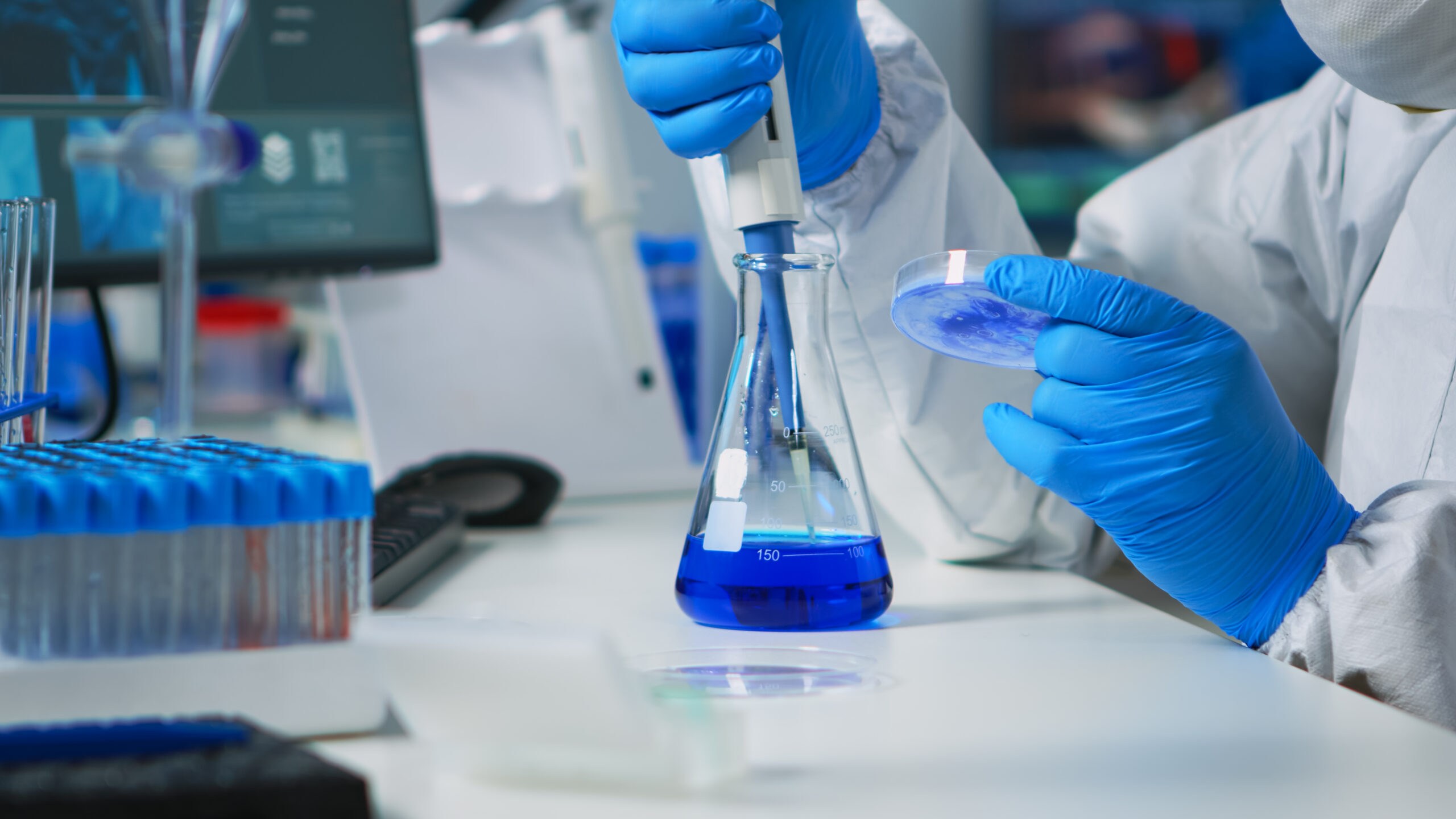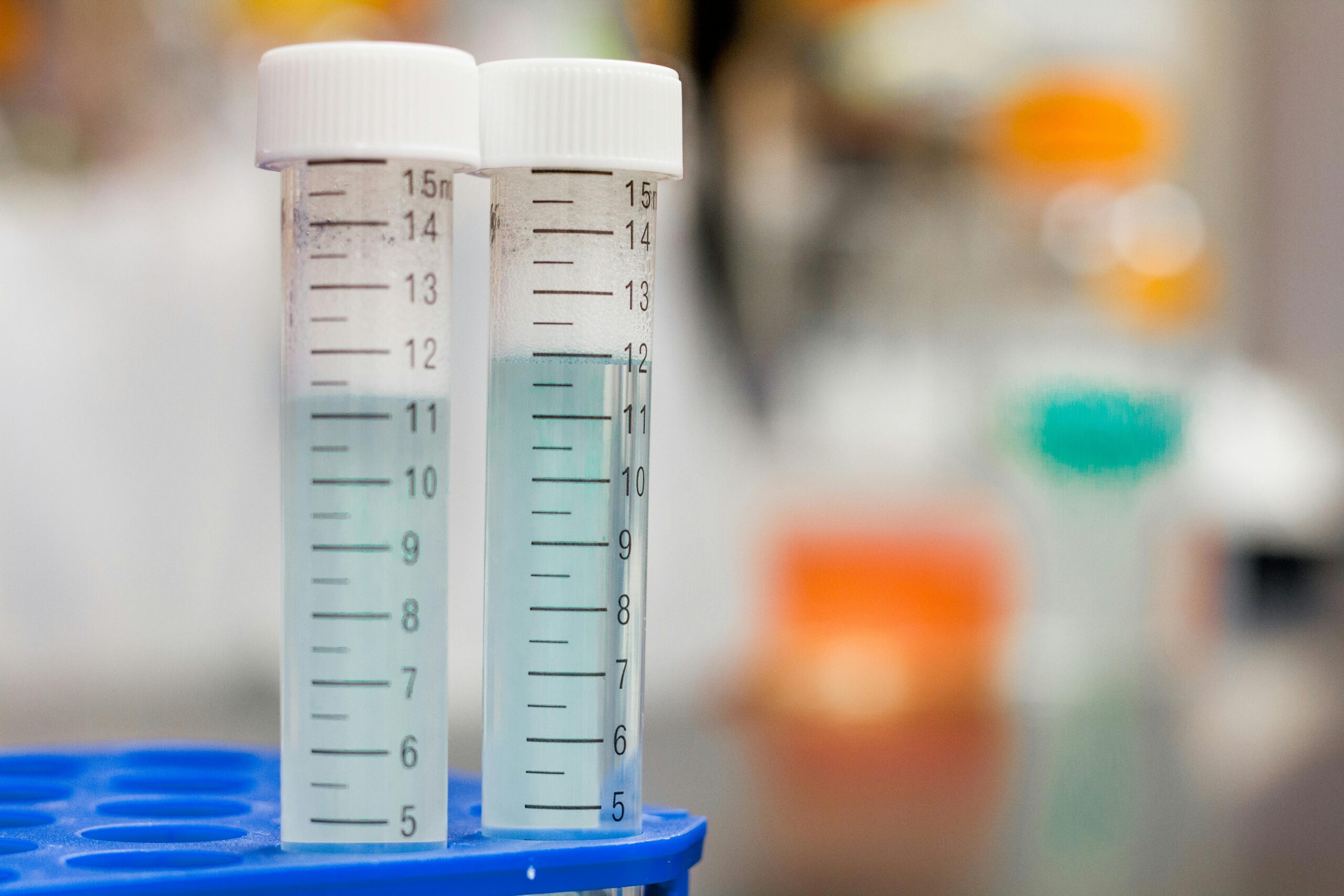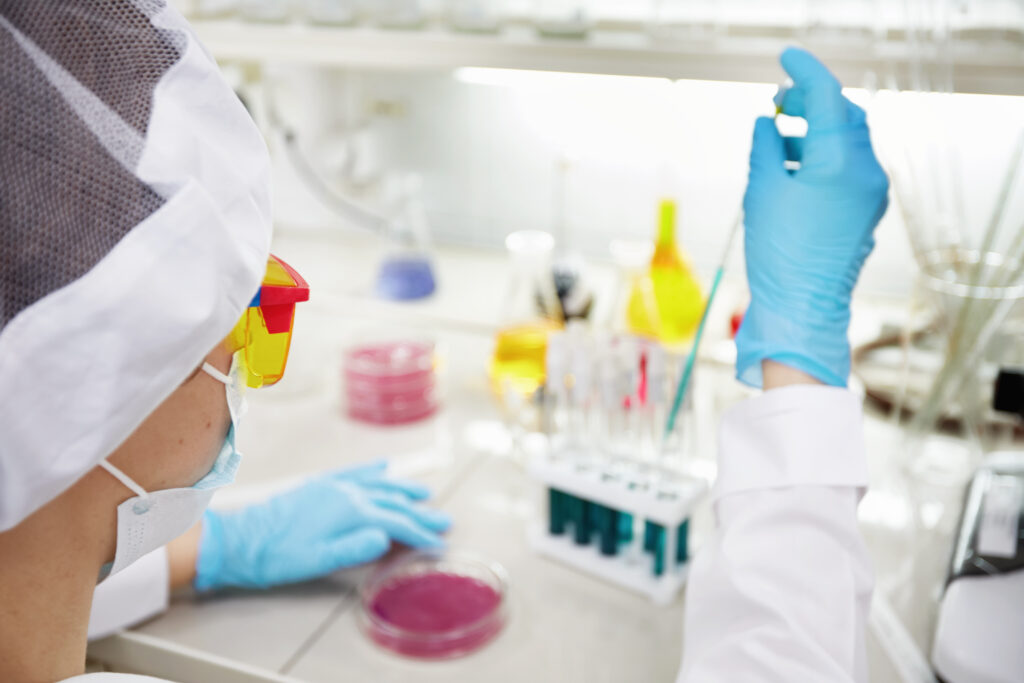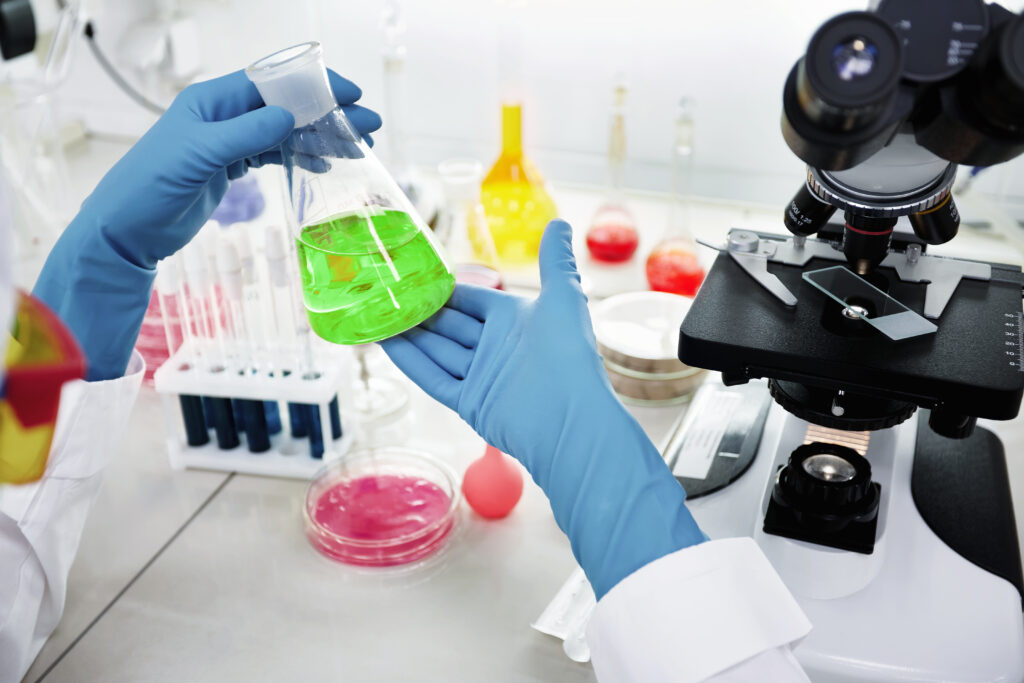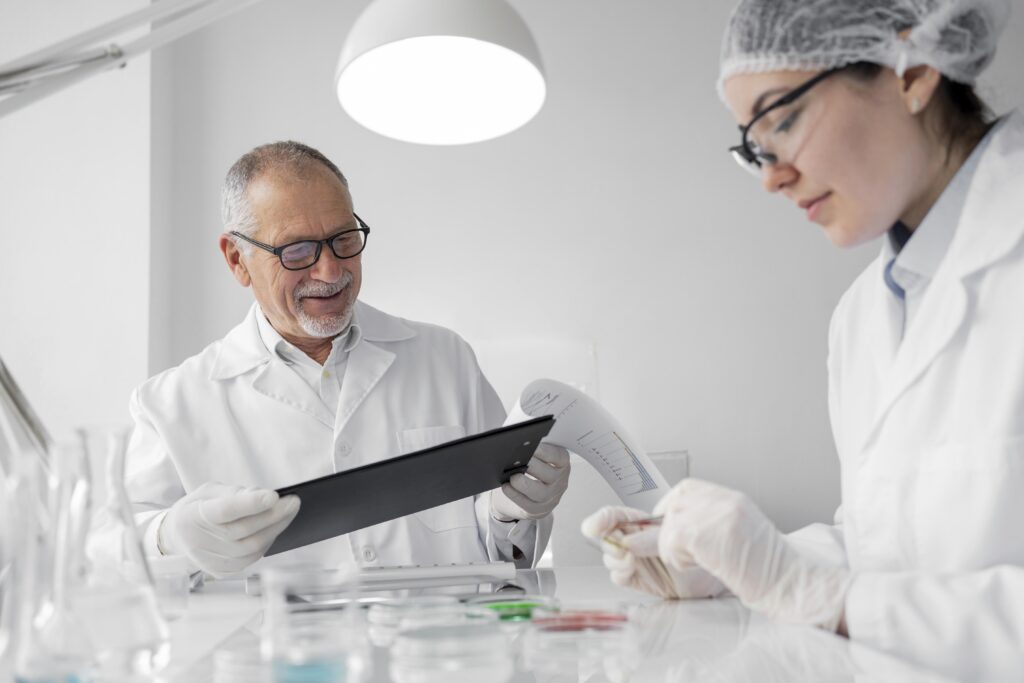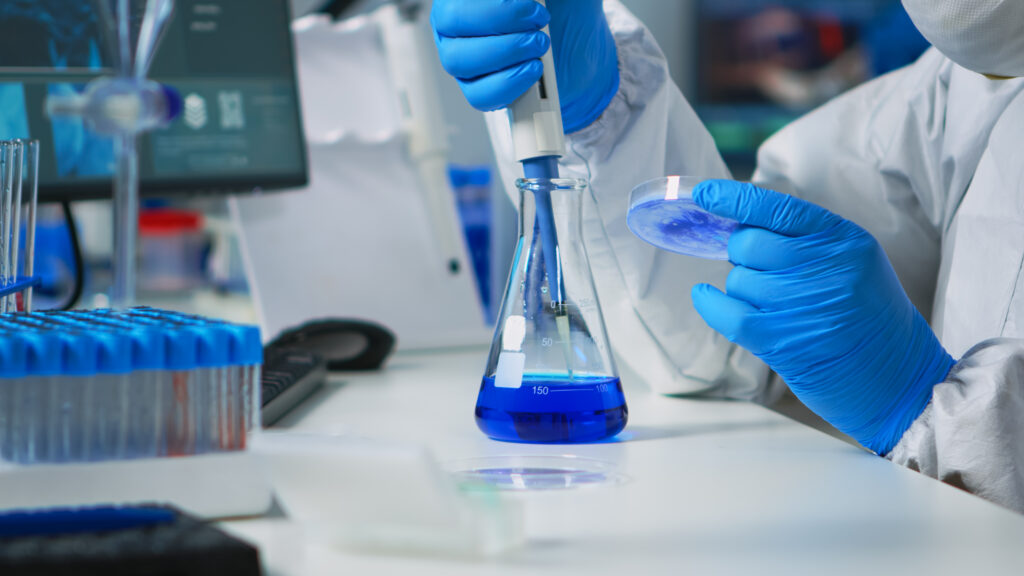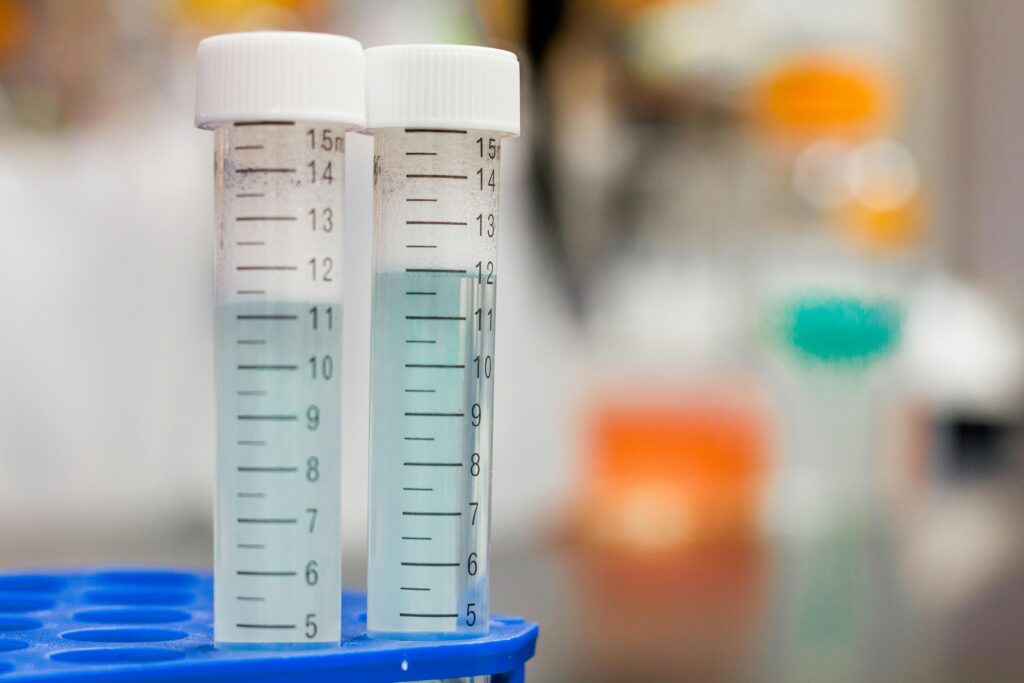In today’s world, consumers are increasingly vigilant about the quality and safety of their food. One crucial dimension of this concern is the presence of pesticide residues in our food supply. Pesticide residue analysis emerges as a cornerstone in assuring the safety of the food we put on our tables.
This analytical process not only serves as a guardian of food safety but also provides invaluable insights into the distinctions between organic and conventional produce concerning pesticide residues.
For consumers, understanding the nuances of pesticide residue analysis is critical to making informed choices about the food they buy and consume. It sheds light on the comparative levels of pesticide residues in these two agricultural approaches, aiding individuals in selecting products that align with their health and sustainability priorities.
In a world where the quality of our food matters more than ever, pesticide residue analysis equips consumers with the knowledge they need to make conscious and informed decisions about their dietary choices.
In this blog post, we will explore the nuances of pesticide residue analysis, the critical distinctions between organic and conventional produce, and why it matters to your health and the environment.
Understanding Pesticide Residue Analysis
Before delving into the differences between organic and conventional produce, let’s first understand the basics of pesticide residue analysis.
Pesticide Residue Analysis as Defined:
Pesticide residue analysis is a comprehensive and meticulous scientific process with the primary aim of safeguarding the quality and safety of agricultural commodities. It involves the systematic detection, precise identification, and accurate quantification of pesticide residues that may be present in various agricultural products.
These residues can originate from the intentional application of a broad spectrum of pesticides during the cultivation, protection, and post-harvest handling phases of these crops.
This analytical discipline delves into the intricate chemistry of pesticides and their behavior on crops and soil, making it a cornerstone of food safety and environmental protection.
In pesticide residue analysis, experts utilize state-of-the-art instrumentation, chemical assays, and highly specialized techniques to uncover even minuscule traces of pesticide residues that may linger on agricultural commodities.
Importance of Pesticide Residue Analysis:
The significance of pesticide residue analysis extends far beyond the confines of the laboratory; it has profound implications for public health, environmental sustainability, and agricultural practices. Pesticide residue analysis is a pivotal safeguard in agriculture and food safety, addressing five key imperatives.
Firstly, it upholds the critical objective of ensuring a safe food supply by meticulously identifying and quantifying pesticide residues on agricultural products, mitigating health risks, and preventing the consumption of contaminated foods.
Secondly, it enables the assessment of potential health risks associated with pesticide exposure, aiding regulatory agencies, producers, and consumers in making informed decisions, particularly concerning sensitive populations.
Furthermore, it plays a vital role in environmental protection, contributing to sustainable agriculture by monitoring and regulating pesticide use to minimize adverse effects on ecosystems.
Additionally, it is instrumental in regulatory compliance, ensuring that agricultural practices adhere to established safety standards, enhancing public trust, and safeguarding the environment.
Finally, pesticide residue analysis empowers consumers with knowledge, allowing them to make choices aligned with their values and health concerns and fostering confidence in the food supply chain. Essentially, this analysis is an integral sentinel guarding food safety, public health, and environmental sustainability.
Pesticide Use in Conventional Agriculture
Conventional agriculture relies heavily on synthetic pesticides to protect crops from pests and diseases. This widespread use of pesticides in traditional farming can result in residue accumulation on produce. Here are some key points to consider:
Diverse Range of Pesticides:
Conventional farmers have a diverse toolkit of synthetic pesticides, each tailored to combat specific agricultural challenges. These pesticides vary in chemical properties, including toxicity and environmental persistence, and leave distinct residual effects.
While this diversity offers flexibility in pest management, it also calls for a responsible approach to application and monitoring to minimize their impact on the environment and human health.
Check out our blog on the importance of pesticide residue testing in India for understanding the diverse range of pesticides in use in India.
Systematic Application:
In modern agricultural methods, pesticides are systematically and strategically applied to crops as a preventive measure, effectively protecting against potential threats from pests and diseases.
This systematic approach ensures that the crops receive consistent protection throughout their growth cycle. However, as these pesticides are applied to the fields, they can leave residual traces on the harvested produce.
These residual traces are the remnants of the applied pesticides that may linger on the outer surfaces of fruits, vegetables, or grains, even after thorough washing or cleaning.
This presence of residual traces on produce underscores the importance of pesticide residue analysis, as it helps assess and regulate these levels to ensure that the resulting food products meet safety standards for human consumption.
Regulations and Monitoring:
Conventional farming is subject to rigorous oversight, enforced by strict regulations and vigilant monitoring procedures. These measures are in place to ensure that pesticide residues on agricultural products remain well below established safety limits.
By adhering to government-set guidelines and undergoing regular inspections, conventional farmers contribute to consumer safety and the preservation of environmental health.
Pesticide residue analysis is pivotal in upholding these standards, safeguarding both the quality of the food supply and the sustainability of agricultural practices.
Pesticide Use in Organic Agriculture
Organic farming, on the other hand, follows strict guidelines that prohibit the use of synthetic pesticides and encourage natural and sustainable pest management. Organic farming embraces a holistic approach to pest management, prioritizing natural and sustainable solutions. Organic farmers steer clear of synthetic pesticides and, instead, harness the power of nature.
They employ strategies like introducing beneficial insects, practicing crop rotation, and utilizing approved organic pesticides designed to have minimal residual effects on the environment. This eco-conscious approach is underscored by the organic industry’s stringent certification processes, which mandate regular inspections to verify compliance with rigorous organic standards.
Through this commitment to limited chemical use and a focus on natural methods, organic farming fosters agricultural practices that are both environmentally friendly and health-conscious.
You can also check out our blog on pesticide analysis in agriculture for a broader perspective.
Differences in Pesticide Residue Levels
When examining pesticide residue levels in both organic and conventional produce, several vital distinctions come to light. In conventional produce, despite stringent regulatory controls governing pesticide use, traces of these chemicals can still be detected, although typically falling below the maximum allowable limits established by regulatory authorities.
In contrast, organic produce generally boasts significantly lower levels of pesticide residues, often reaching undetectable or negligible levels. This divergence arises from the limited application of organic-approved pesticides and a pronounced emphasis on natural pest management within organic farming practices.
The question of risk factors also emerges in this context. For the average consumer, consuming conventional produce with pesticide residues within acceptable limits is generally considered safe.
However, for individuals with specific sensitivities, allergies, or health concerns, opting for organic produce with its lower residue levels may be a more prudent choice.
This choice aligns with the precautionary principle, ensuring that potential health risks associated with pesticide exposure are minimized, and consumers can make selections that suit their individual needs and preferences.
Environmental Impact
The contrast in pesticide residue levels between organic and conventional produce extends beyond human health considerations and carries significant environmental implications. Notably, organic farming’s limited use of synthetic pesticides translates into reduced chemical runoff into water bodies, a benefit that can have far-reaching consequences.
Excessive chemical runoff from conventional farming can contaminate water bodies, threatening aquatic ecosystems and, ultimately, the well-being of flora and fauna.
Furthermore, the organic farming approach fosters biodiversity by implementing practices such as crop rotation and habitat preservation. These strategies reduce the impact on non-target species, such as pollinators and beneficial insects, by avoiding the indiscriminate harm caused by synthetic pesticides.
In this manner, organic farming contributes to conserving a more diverse and resilient ecosystem, promoting the coexistence of various species critical for the overall health and sustainability of the environment.
Challenges and Limitations
While organic farming indeed offers the advantage of a lower pesticide residue footprint, it’s vital to recognize and address some of the challenges and limitations inherent in this approach:
Pest Management: Organic farming relies on more labor-intensive and intricate pest management strategies, such as manual weeding, natural predators, and organic pesticides. These methods demand careful monitoring and intervention, which can increase production costs.
The need for constant vigilance to protect crops from pests is a labor-intensive task that can make organic farming more resource-intensive.
Lower Yields: Organic farming often leads to slightly lower crop yields when compared to conventional methods. This discrepancy primarily arises from reduced pesticide use, which can result in higher levels of pest-related crop damage.
However, proponents argue that these lower yields are counterbalanced by the long-term benefits of soil health, sustainability, and reduced environmental impact.
Price Premium: Organic produce generally carries a higher price tag when compared to conventional produce. This premium is primarily attributed to the increased production costs associated with organic farming, including labor-intensive pest management, certification expenses, and the limited use of synthetic pesticides.
Consumers willing to pay this premium do so in recognition of the health and environmental benefits associated with organic agriculture.
As we reach the end of our journey, we at SMS LABS invite you to learn how professionals perform pesticide testing for personal and professional business needs in the agricultural sector.
Conclusion
In the world of pesticide residue analysis, the difference between organic and conventional produce is evident. Organic produce generally has lower pesticide residue levels, while traditional produce adheres to regulatory limits. Consumers have choices, and their decision between organic and conventional produce often depends on health concerns, environmental values, and budget.
Pesticide residue analysis plays a crucial role in ensuring the safety of our food supply and the sustainability of agricultural practices. It helps consumers make informed choices and encourages farmers to adopt sustainable and environmentally friendly methods.
In the end, the choice between organic and conventional produce is a personal one, but understanding the differences in pesticide residue levels empowers consumers to make decisions that align with their values and priorities.

